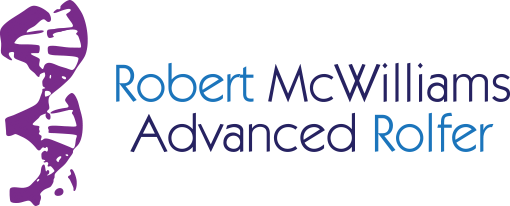Okay, this is a slightly provocative title to any dance aficionados out there. It is an ironic turn of phrase anymore, “Modern Dance”, because, like “modern art” it refers to a historical style that, like classical ballet, is an extremely useful, even necessary component in Contemporary Dance training, but not really the whole shebang anymore-like since about 1963. In the dance world, this relates to a family tree of choreographers ranging from Isadora Duncan, Mary Wigman, Martha Graham, Kathryn Dunham and Doris Humphrey to Paul Taylor, Alvin Ailey and Alwin Nikolais. The early Moderns listed left a legacy, still important in dance training, of dance guided by intent versus steps and tradition. This doen’t always (or often) translate into linear “meaning”. Modern Dance is ( or was) guided by image, texture, form and a sense of gestalt. Merce Cunningham, set in a background of avant-garde artists like Jasper Johns and John Cage, marks the turn to the post-Modern in Dance. So, “modern” ain’t really modern in dance anymore.
What does this have to do with Rolfing? Modern Dance works with movement through concepts as well as set stylistic elements and techniques. This knowledge can help Rolfers work with dancers with that training. Secondly, this is also an avenue for dancers to understand how Rolfing® Structural Integration works. Yes, there are generally accepted “positional strategies” for the ten-series that form a sort of choreographic base for the work. Beyond any “set choreography” of moves and protocols, contemporary Rolfing uses many conceptual strategies ranging from “the learning cycle” and models of seeing, to “pre-movement” orientation in posture and movement initiation. The client and practitioner work together in a “structured improvisation” that combines sensing in the moment with years of training, wisdom and practice. Its a dance that works towards a common goal of more order, release and integration of your sensory faculties and physical capabilities.
In my opinion, the two disciplines inform each other. It was fascinating for me to see my Unit III instructor outline flow diagrams for Rolfing sessions that exactly follow the Phrase Shape patterns given by Doris Humphrey in her seminal work on Modern Dance choreography, “The Art of Making Dances.” Other interesting connections between classical modern dance theory and Rolfing range from Ideokinesis’ “9 Lines of Movement” (based on original work by Mabel Todd; see works of Eric Franklin for best contemporary presentation of this work) to the ever relevant work of Rudolf Von Laban.
Rolfing can be very detail and small-focus oriented, and benefits from an opening of motion awareness and perspective. Dance training and practice can be very unwieldy and subjective, and benefits, in my opinion, from the clarifying felt sense of support offered by Rolfing. Enjoy!
(303) 887-6764 (in Colorado)
robmcwilliams@mac.com

Thanks so much!